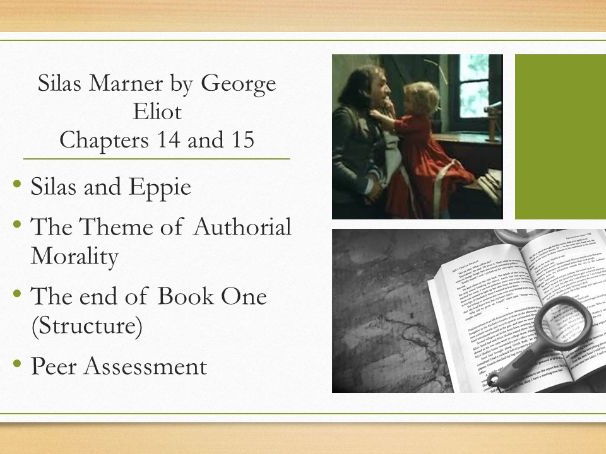The English Tutor
My shop is full of literary surprises: with a degree in Creative Writing and English I have some fantastic resources on creative writing, poetry and Literature Texts. I aim to offer resources on the less common texts and also cover a range of resources from the International GCSEs....welcome, come in and feel free to browse...buy, don't buy, follow, don't follow....just don't spend every weekend working....be kind to yourself!

















